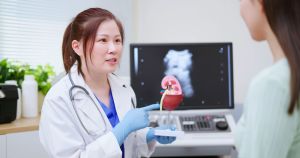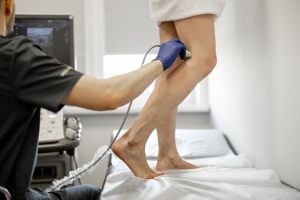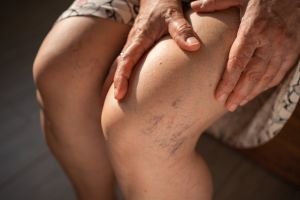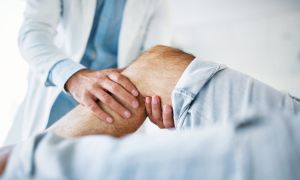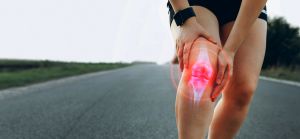
How Long Does Genicular Artery Embolization Last?
If you’re exploring genicular artery embolization (GAE) as a treatment for knee osteoarthritis, you likely have one big question: How long will it last? It’s a great question we hear often at Pedes Orange County. When you’re considering a minimally invasive treatment like the GAE procedure for knees, understanding the durability of the relief it provides can help you decide if it’s the right option for you. In this post, we’ll cover what GAE is,







